Storing a few key electronics that would be of use in a protracted power grid failure will ensure that you’ll still receive information, communicate and carry out other critical functions in the event of an HEMP. It’s common knowledge that a Faraday cage is the safest way to protect them.
Faraday cages shield their contents from electromagnetic energy. If you have ever had a magnetic resonance imaging or you have been inside one, though you may not have even noticed.
How hard is it to build this device by yourself? Read this article to see three simple Faraday cage designs you can build at home!
A HEMP is a multi-pulse of strong electromagnetic fields generated when a nuclear weapon is detonated high in the atmosphere which could cripple the power grid of a city, or even the entire lower 48 states if more than one weapon is used, or a weapon is detonated at sufficient altitude.
Faraday cages are not necessary to protect most electronics from the type of an Electromagnetic Pulse (EMP) caused by solar storms (magnetohydrodynamic EMP.) To protect most electronics from that EMP, you just need to make sure that your equipment is not connected to the grid and then have a renewable energy source to power it without the electrical grid.
I hosted a series of EMP Q&A sessions at PrepperCon 2016 for Survivopedia and a lot of people asked questions this subject there too. Given the importance of EMP preparedness, I would like to get as many questions answered as possible.
Faraday Cage Construction
One common thread throughout many readers’ questions is that there is conflicting information online about Faraday cages. While building a Faraday cage does not have to be a complicated endeavor (if you keep it small and simple with no penetrations in the shielded envelope), there are some gaps in the public sector knowledge on the subject and quite a bit of conflicting information online.
Faraday cages are EM (electromagnetic) shielding and must be properly designed and implemented or they can cause more harm than good by acting like an EMP antenna instead of an EMP shield.
How to Build a Faraday Cage
Building a Faraday cage can be very simple. Here are a couple of designs to build by yourself:
1. Aluminum Pressure Cooker Faraday Cage
Line an aluminum pressure cooker with a large heavy duty freezer bag. You’re done! Equipment goes in the bag. Secure the lid and you are good to go.
This cage is compact and an aluminum pressure cooker provides more shielding than any other object you are likely to have in your home that I can think of.
I like this cage because it is very simple and provides so much shielding that it should protect the contents against even a super EMP weapon even if sky zero was close by. Second hand stores such as Good Will, Salvation Army or Deseret Industries are great places to find an aluminum pressure cooker cheap.
Pressure cookers are also very useful multipurpose survival items long after a nuclear HEMP or should you experience some other catastrophe as opposed to HEMP:
- Pressure canning: Pressure can food to store until the next growing season or future years.
- Sterilization: Sterilize bandages, sutures and instruments for medical procedures.
- Cooking: Loosen the lid and use a pressure cooker as a stock pot to create stews. Stews preserve more nutrients and caloric content than grilling foods and having fats and oils that are difficult to replace under survival conditions drip into your cooking fire.
- Distillation of water: You can make a number still designs with a pressure cooker and some designs using pressure cookers are more efficient than with a simple stock pot if you store a little copper tubing and a collection vessel will be cooled.
2. Locking Lid Trash Can/Faraday Bag Faraday Cage
I like this build and use it often.
It is easy to access the contents and they can store quite a bit depending on the size of trash you can get.
Step 1: Line a new locking lid, galvanized steel trash can with a tight-fitting lid, like the rodent-resistant cans made by Behren’s (often used to store feed or protect the contents form animals) lined with a rubberized, waterproof pack liner or dry bag.
Step 2: Line the pack liner or dry bag with a large Faraday Bag. The pack liner or dry bag is a non-conductive layer which will insulate the Faraday bag from the conductive trash can and provide an added measure of waterproofing and dustproofing in case this is an outdoor Faraday cage or in case indoors becomes outdoors in the course of a catastrophe.
General preparedness will serve you better than the reality TV negative stereotype of preparing for a single calamity to the exclusion of all others. You should be able to find waterproof pack liners or dry bags any place that sells military surplus or sporting goods.
Step 3: Line the pack liner or dry bag with an XL Faraday Bag and place the gear you want to protect inside the Faraday Bag. The Faraday bag provides about 45 dB of shielding by itself, protects the contents from water and provides a non-conductive layer to insulate the contents of the bag from the conductive layers so lining it with another layer of non-conductor is not necessary.
Alternating layers of conductor/non-conductor is more effective than a single layer of the same thickness. Alternating conductive and non-conductive layers prevents the Faraday cage from re-radiating EM energy into the space you are trying to protect. Good Faraday bags such as the one I recommended incorporate alternating conductive and non-conductive layers.
Step 4: Button everything up tight. Zip up the Faraday Bag. Tie a goose neck in the pack liner or fold and buckle it, depending on the type of bag. Place the lid on the trash can, making sure that it seals tightly all the way around and raise the locking bail/handle. You’re done!
3. Ammo Can/Static Bag Faraday Cage
People use ammo cans every day and most survivalists have plenty of them knocking around. They are also frequently used to house battery systems and radios, so it sure would be handy if they could count on them to protect their radio equipment from EMP.
This would add a whole new dimension to some popular product lines so I’ll give them a few pointers. This is a slightly more involved, but still relatively simple build, if you have a few tools on hand.
Step 1: Remove the rubber gasket from the lid of the ammo can. It is held in place by 4 metal tabs. Use a hooked tool (like the one you see in the picture above) to remove it.
If you do not remove it, the rubber gasket is not conductive and will impede the free flow of electrons through the shielded envelope, re-radiating EMP into the interior you are trying to protect.
Step 2: Remove paint along all surfaces of both the lid and body of the ammo can where the lid will mate to the body of the ammo can and where you will install a conductive gasket to replace the non-conductive rubber gasket.
I used a rotary tool, some diamond coated bits and a small sanding drum. The corners are the most time consuming but it didn’t take long.
Step 3: Repaint mating surfaces with conductive paint if desired. If you don’t want to go to the expense, don’t. Government agencies and police departments pay big money for rugged Faraday cages installed in vehicles and the mating surfaces are unpainted and have no conductive paint or coatings so I am going to skip this step in my build.
Step 4: Install a conductive gasket. If you don’t want to go to the expense of buying conductive gasket material, you can just layer aluminum foil or sheeting and cut it to the shape you desire.
While a little harder to procure and more costly, a conductive metal gasket would be more durable and a nice touch.
Maybe I’ll build some ammo can Faraday cages for radio and battery kits with conductive gaskets but since most of you will use tin foil, I will demonstrate the technique in this build.
I used about 24 layers of heavy duty tin foil. If you use thicker foil sheeting, you will use fewer layers. I used a box cutter and a ruler the first time, but a pair of tin snips or multipurpose shears made future jobs a lot easier.
If you cut or bend the gasket and it doesn’t go in beautifully, you can either redo it or just patch it with some tin foil. The electrons won’t care, but you might. It may not hold up for as many opening/closing cycles of you patch it and you should check the gasket every time you close it.
The cage will be just fine as long as there are not any gaps greater than ¼” in any direction. If you use an adhesive, be sure that the adhesive is a conductive adhesive, or just don’t use adhesive if you use tinfoil. A tinfoil gasket will stay in place without adhesive thanks to the tabs that held the rubber gasket in place.
Step 5: Line the ammo can with a non-conductive layer such as a small pack liner or a 2-ply zippered-seal freezer bag to protect your gear from the conductive shielded layer.
If you have the space, this could in turn be lined with a Faraday bag, but for tight builds like radio kits, you may have to shave down some pieces a millimeter or so in order to nest the kit inside the non-conductive layer and still fit the assembly inside the ammo can, so you may not have enough extra room to line it with a Faraday bag.
Step 6: Seal it up tight. Close up the lining and lock the lid down, making sure that there are no gaps greater than ¼”. Pay special attention to the tinfoil gasket.
There you go!
Three easy Faraday cage builds are available at once!
A Note on Grounding
You may have noticed that these small, simple cages are not grounded. That is intentional. For a simple cage like this, built by a novice, grounding would cause more problems that it would solve. There is no need to ground a simple cage like this and it will do its job without being grounded.
There are some applications where Faraday cages should be grounded, so I am not saying never ground.
Large cages that could have their integrity damaged by lightning, and cages that have penetrations in the shielded envelope or which run mains power inside may indeed benefit from grounding, but those are more complicated builds well beyond the scope of this article.
After studying what our enemies, leaders and strategists have said on the subject and exactly what it would take to get the job done, for many years now, it is a wonder and blessing that we haven’t had an HEMP attack occur already.
Please do not waste the opportunity to protect yourself against this threat!
Be aware that protecting some basic electronics will make a huge difference for you after a nuclear HEMP attack. If you still have questions about your specific situation, please ask in the comments below!
This article has been written by Cache Valley Prepper for Survivopedia.
Read also:
- How to Protect Your Solar Gear from EMP – part 1
- How to Protect Your Solar Gear from EMP – part 2
- Basic Study Guide for EMP Survival
- Top 10 Vehicles for EMP Survival
- How to Turn Your Q-hut Into an EMP-shielded Home
0 total views, 0 views today
from Survivopedia
Don't forget to visit the store and pick up some gear at The COR Outfitters. How prepared are you for emergencies?
#SurvivalFirestarter #SurvivalBugOutBackpack #PrepperSurvivalPack #SHTFGear #SHTFBag


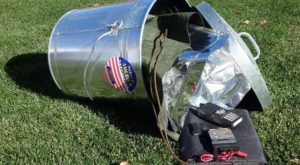
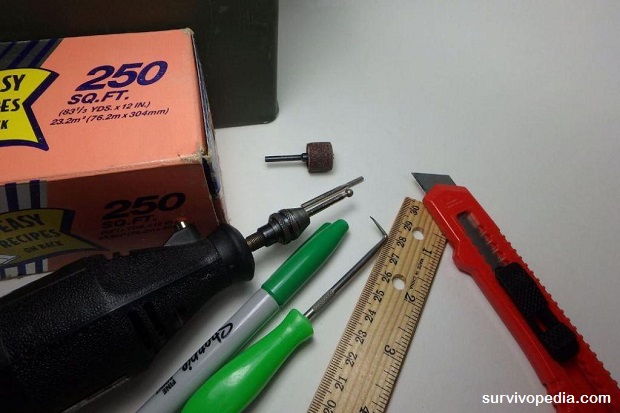
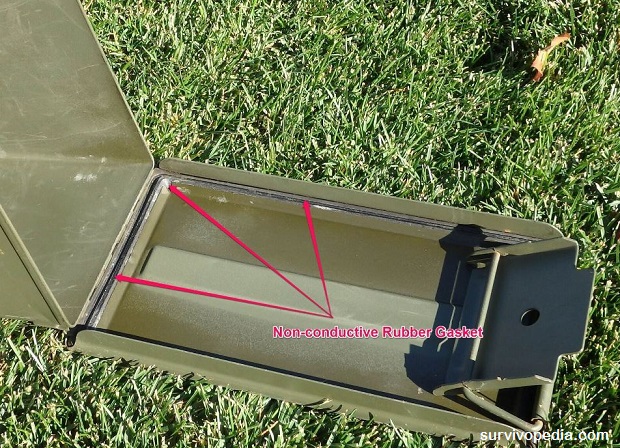
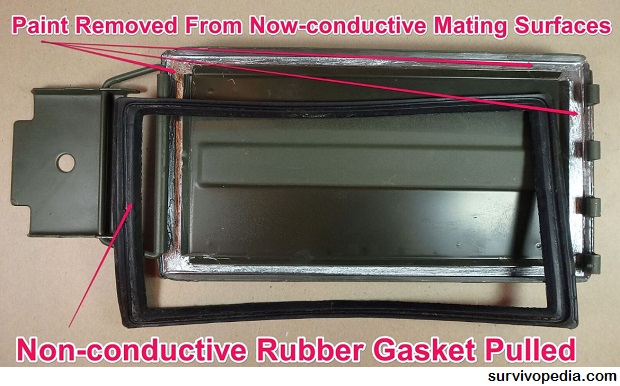
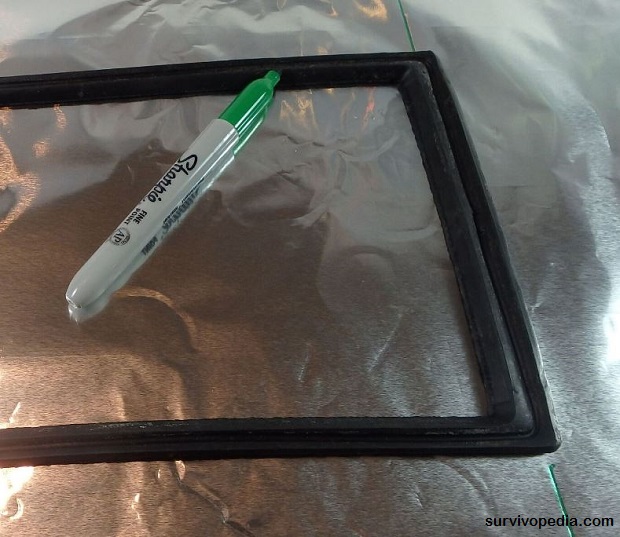
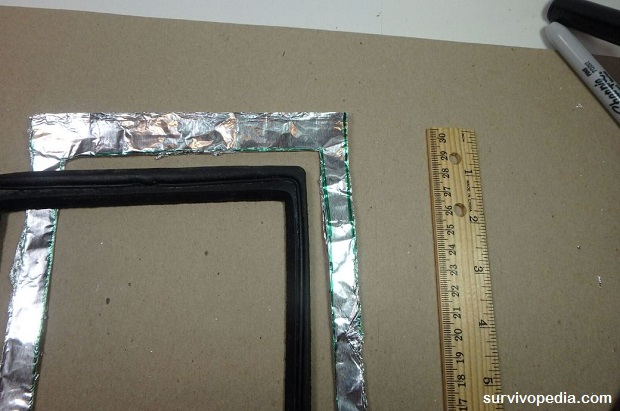
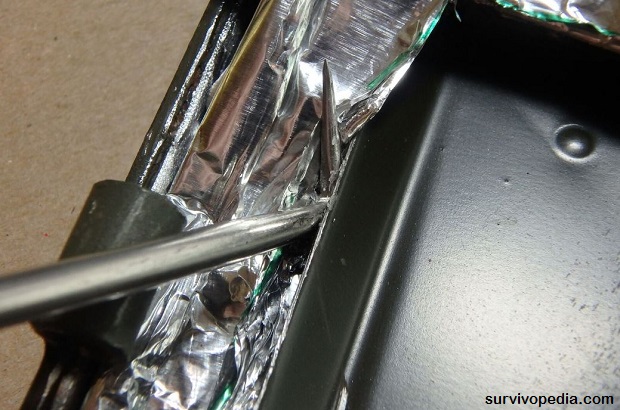
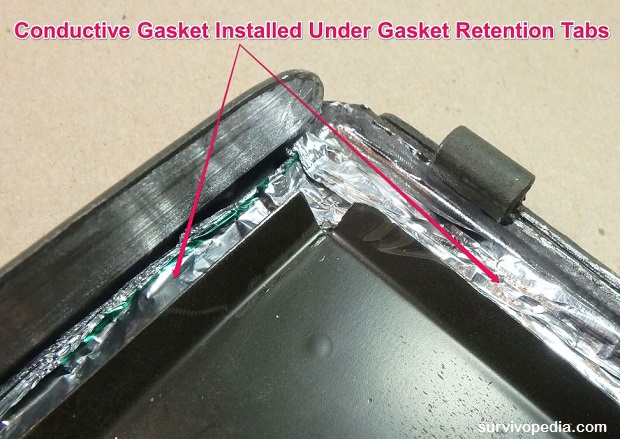
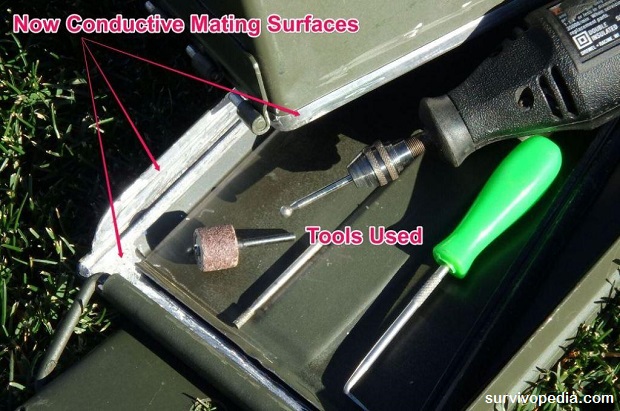
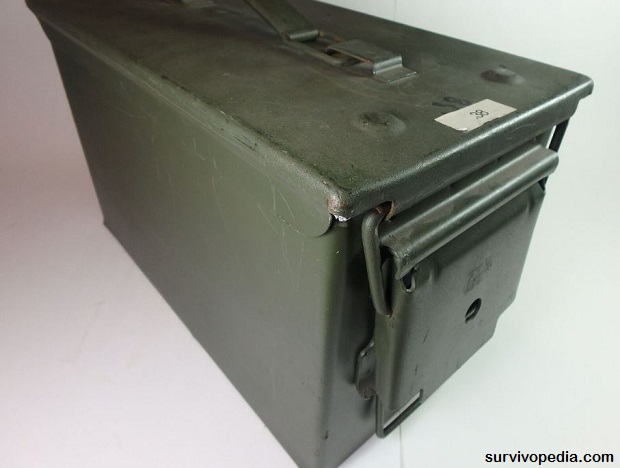

No comments:
Post a Comment